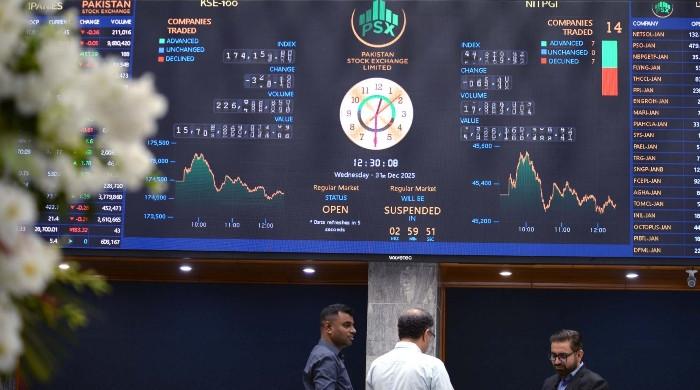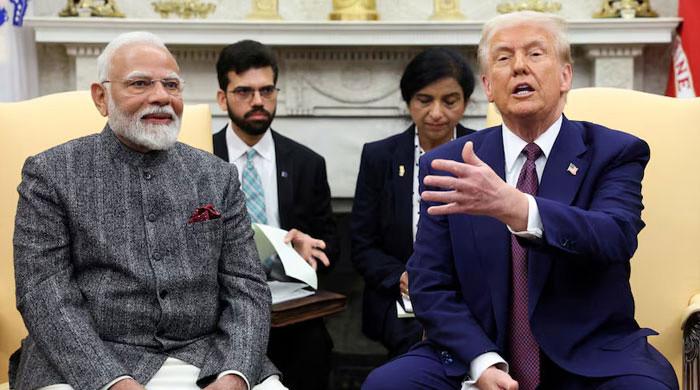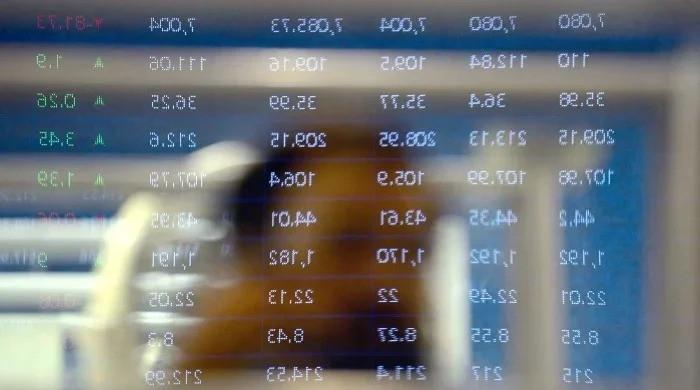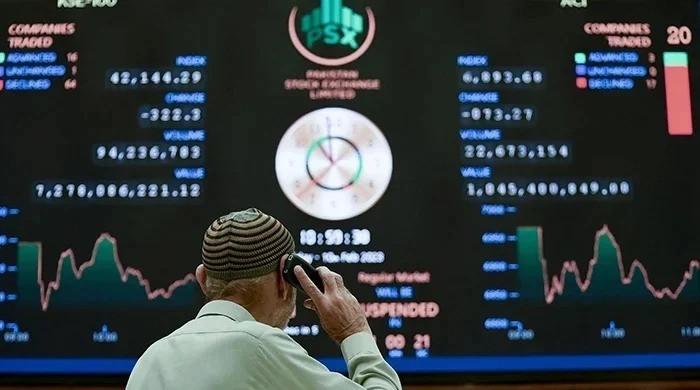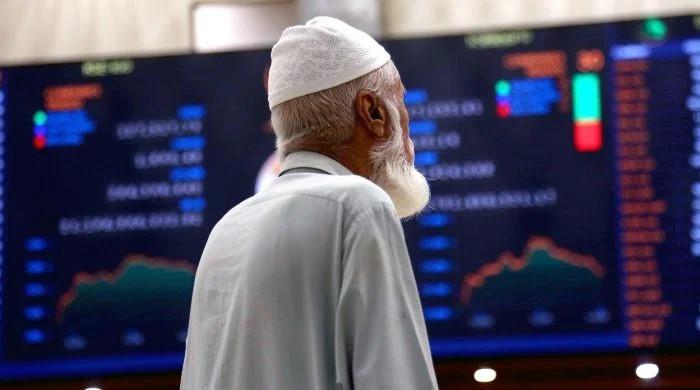Rupee faces test of stability amid political crisis post-polls
Currency market is thought to be under control, even though analysts are refraining from predicting rates due to political uncertainty
February 18, 2024
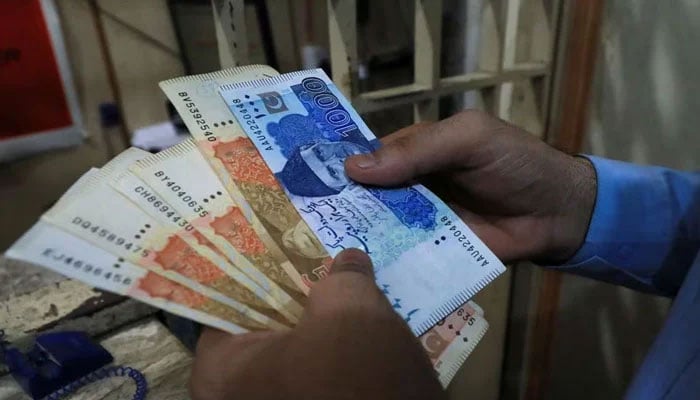
- Rupee closed week at 279.33 against dollar on Friday.
- Currency market is thought to be under control: report.
- Rupee expected to stay stable for next two weeks.
KARACHI: The Pakistani rupee faces the test of stability in the coming weeks as the country continues to grapple with a political crisis after the February 8 general elections, The News reported Sunday.
The local currency was little changed in the interbank market this week, closing at 279.36 per dollar on Monday, compared with 279.33 on Friday.
Pakistan is facing its worst political crisis in years after a disputed election on February 8 that sparked allegations of electoral rigging and protests by Pakistan Tehreek-e-Insaf (PTI) whose independent candidates led the race.
The former ruling party held nationwide protests on Saturday to demand a re-run of the polls, which it says were rigged to favour the Pakistan Muslim League-Nawaz (PML-N).
Moody’s has given a “credit negative” signal to Pakistan in the face of prolonged political uncertainty and social unrest, said Tresmark in a note to clients.
“Many think tanks have charged Pakistan with being an authoritative regime. This is also going to make it tough to approach the IMF (International Monetary Fund) for the continuation of the current programme and initiate a new one, especially as IMF has indicated it will only talk to the elected one,” it said.
“The economic fallout can be clearly choreographed.”
The currency market is thought to be under control, even though analysts are refraining from predicting any financial market rates due to political uncertainty.
“In such an environment, the view is that the rupee will stay stable for the next two weeks, which is approximately when/if the new government takes charge. By that time, remittances due to Ramadan will help in keeping the rupee stabilised,” Tresmark said.
The second week of March will mark the beginning of Ramadan, which will conclude with the Eidul Fitr in the second week of April when remittances usually increase.
Remittances from Pakistani citizens employed abroad totalled $2.4 billion in January, rising 26.2% over the same month last year.
However, remittances decreased in the first seven months of the fiscal year 2023/2024. These inflows reached $15.832 billion from July to January of FY24, a 3% decline from the same period a year earlier.
Tresmark said the new government may not want to change the status quo of the "stable" rupee.
It’s only after March that the impact of IMF negotiations — good or bad — and inflows from bilateral and multilateral partners will start to be felt. This will also be the $1 billion repayment period.
“Interestingly, interbank forex markets have been very lacklustre during the last few days, with FIs [financial institutions] not willing to take new or longer term positions,” it said.
“So we see markets range bound till March, but traders are cautioned that the political chaos may get dirtier.”




